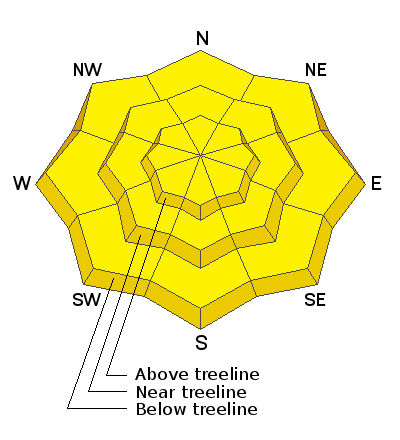Forecast for the Abajos Area Mountains

Issued by Eric Trenbeath on
Sunday morning, March 7, 2021
Sunday morning, March 7, 2021
The avalanche danger remains MODERATE. Deep and dangerous human-triggered avalanches failing on a buried persistent weak layer remain the primary concern. These are becoming a low probability/high consequence problem. You are most likely to trigger one of these avalanches on steep terrain near and above treeline that faces NW through N through SE. Thin snowpack areas around rock outcroppings, sparse trees, or along slope margins are the most likely trigger points. As the day heats up we may some loose wet activity on sun-exposed slopes. Look for signs of instability such as roller balls and pinwheels, and get off of and out from under steep slopes if they become wet and sloppy.

Low
Moderate
Considerable
High
Extreme
Learn how to read the forecast here


